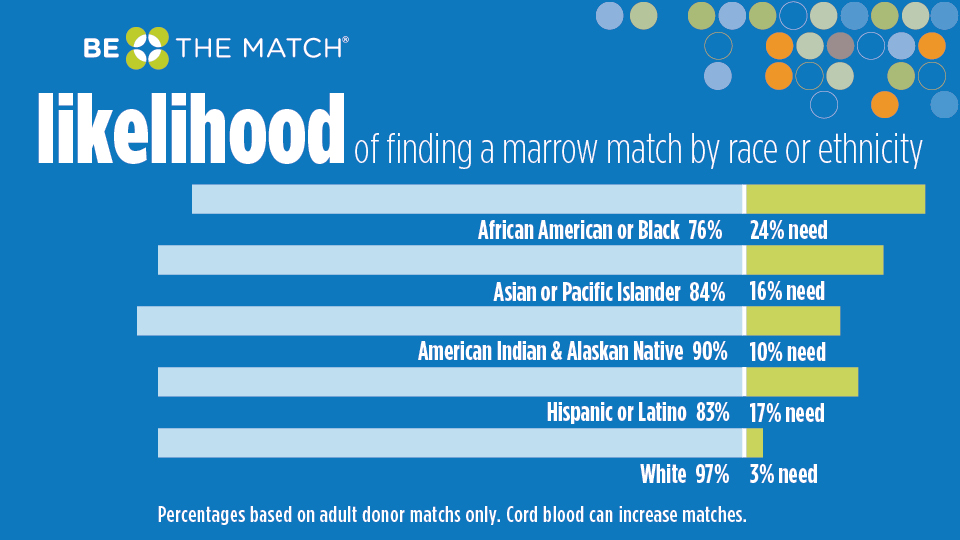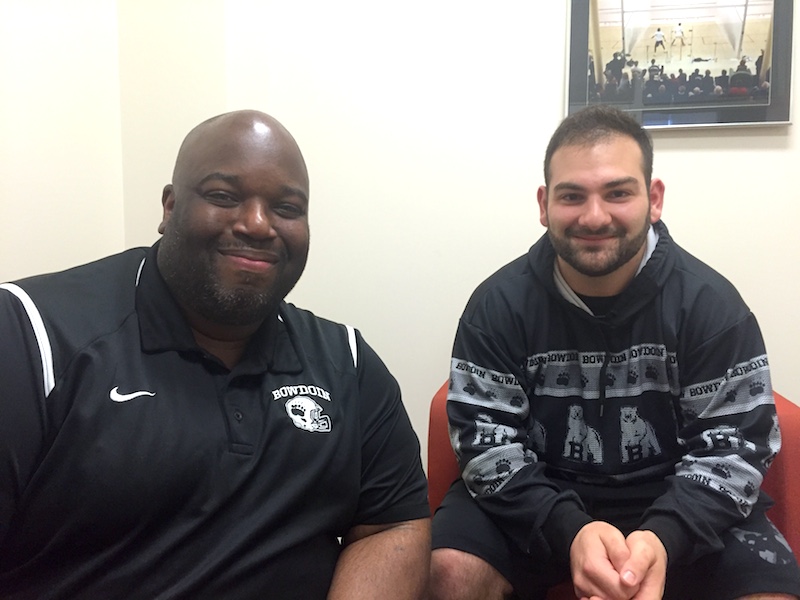Defensive Play: Bowdoin Football Team Tackles Bone Marrow Campaign
By Rebecca GoldfineBowdoin’s football team is running a campus campaign to encourage people to join an international bone marrow registry.
On Thursday, April 7, from 10 a.m. to 2 p.m. in Smith Union, people are invited to come by for about 10 minutes to fill out a questionnaire and get their cheeks swabbed. If they end up being a match with a patient who needs a bone marrow transplant, they’ll be contacted by a donor center to undergo more tests, according to Assistant Football Coach Kevin Loney, who is organizing the campaign. The odds of matching are 540 to 1.

Loney wants anyone who is willing to be tested, but he also is appealing to students, staff and faculty from
diverse racial and ethnic backgrounds to consider stopping by. Donors who share the same ancestry with patients are most likely to match, and minority groups are underrepresented in the country’s largest registry, Be The Match, which works worldwide. For example, while 61 percent of registry donors are Caucasian, only 6 percent are African American, 6 percent are Asian/South Asian, 10 percent are Hispanic/Latino, and 1 percent are Native American.
Nadim Elhage ’16, a defensive lineman for Bowdoin, is helping Loney and the team raise awareness about the drive. “We’re a diverse school, so at Bowdoin there’s a chance that students of underrepresented groups could be the match,” he said.
Loney said he’s been eager to run a bone marrow drive at Bowdoin after watching his alma mater do it. This year, too, he was prompted to action after his 29-year-old cousin, a third-grade teacher, died from hemophagocytic lymphohistiocytosis, one of the diseases treated with bone marrow transplants.
Elhage, too, has been affected. The younger brother of a hometown friend from Potomac, Md., overcame leukemia as a high school freshman, only to have the disease return when he was in college. The young man has recently had a bone marrow transplant, Elhage said.
Bone marrow transplants can help treat a number of life-threatening diseases, including leukemia, lymphoma, bone marrow diseases, inherited immune system and metabolic disorders, and hemoglobinopathies. “Someday you might be a match in a patient searching for a donor, where you share a little of your healthy immune with someone who has a broken immune system,” said Paul Greenier, who works for Be The Match. If ever asked to donate the new method is called PBSC collection and 80% donate this way. 
These days, 80 percent of donors donate their bone marrow via a non-surgical procedure called peripheral blood stem cell, or PBSC donations. This process requires five booster shots over five days of a growth hormone called filgrastim to stimulation the production of stem cells. These shots can happen at a clinic close to one’s home. After five days, a hospital or donor center will collect stem cells from your blood over four to six hours by drawing blood from one arm, processing it, and returning it to you through the other arm. (Mainers have to travel out of state for the blood donation.)
While Loney admits there might be a little “discomfort” involved in this process, he said, “If you have the chance to save someone’s life, it’s worth it.”